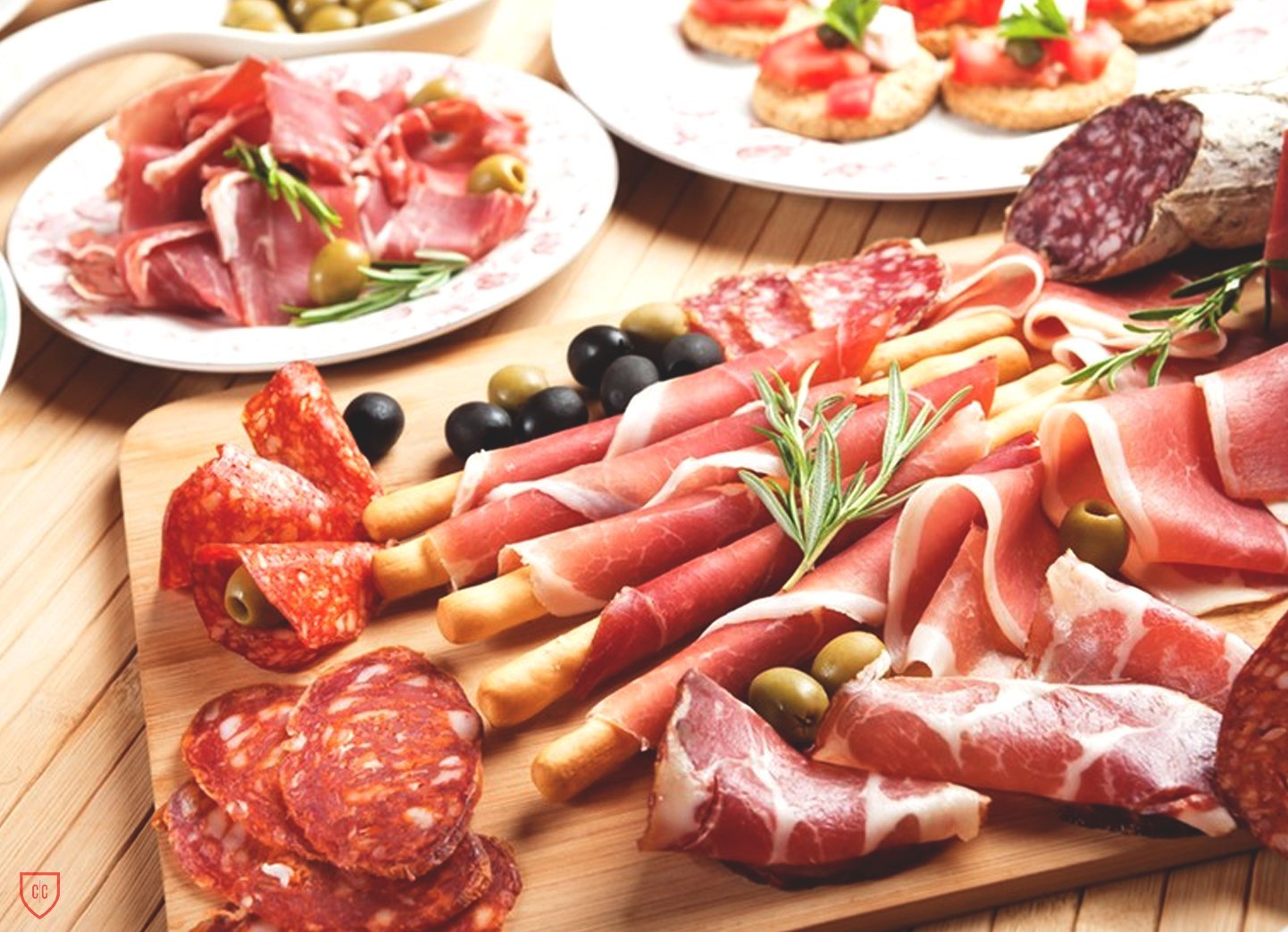In the world of exquisite gastronomy and culinary craftsmanship, charcuterie has intricately established its unique place. If you possess a refined taste for exceptional cuisine and harbor an ardor for crafting visually captivating and mouthwatering platters, venturing into the realm of a charcuterie business could seamlessly transform your culinary passion into a flourishing endeavor. Within the confines of this all-encompassing guide, we are poised to escort you through the pivotal phases required to initiate your odyssey of introducing a triumphant charcuterie enterprise – one that not only teases the palate but also indulges every sense with delight.
Unveiling the Charcuterie Craft
Charcuterie transcends the mere act of assembling meats, cheeses, and accompanying elements. Rather, it embodies an artistry that entails the intricate orchestration of an assorted ensemble comprising cured meats, artisanal cheeses, ripe fruits, nuts, and a medley of harmonious flavors. A charcuterie platter isn’t confined to satisfying the taste buds alone; it metamorphoses into a visual symphony that encapsulates elegance and opulence in its very essence.
1. Research and Market Analysis
Like any business endeavor, a solid foundation of research is crucial. Study the local market and identify your target audience. Are you catering to intimate gatherings, weddings, corporate events, or a mix of occasions? Analyze your competition and pinpoint what sets your charcuterie business apart in terms of style, quality, and presentation.
2. Develop Your Charcuterie Style
Craft a unique and signature style for your charcuterie offerings. Experiment with different combinations of meats, cheeses, fruits, nuts, and accompaniments to create a diverse menu. Whether you lean towards rustic and farmhouse-inspired platters or modern and artistic arrangements, your style will define your brand’s identity.
3. Source Quality Ingredients
The foundation of a remarkable charcuterie platter lies in using high-quality ingredients. Establish relationships with local suppliers who provide premium cured meats, artisanal cheeses, fresh produce, and specialty items. Sourcing locally not only supports the community but also ensures the freshness and authenticity of your offerings.
4. Legalities and Licensing
Register your charcuterie business and obtain the necessary licenses and permits to operate in your area. Depending on local regulations, you might need to adhere to health and safety standards for food preparation and handling. Complying with legal requirements is essential for building trust with customers and avoiding potential issues down the road.
5. Build a Brand Identity
Craft a captivating brand identity that aligns with the essence of your charcuterie creations. Design a unique logo, choose a color palette that resonates with your style, and create a distinct name that reflects the artistry and gourmet nature of your offerings. Your brand identity should evoke a sense of anticipation and sophistication.
6. Marketing and Promotion
Utilize social media platforms to showcase your visually appealing charcuterie platters. High-quality photos and engaging captions can entice potential customers to explore your offerings. Collaborate with local event planners, caterers, and venues to expand your reach and tap into their networks.
7. Pricing and Packaging
Determine your pricing strategy based on the cost of ingredients, preparation time, and your desired profit margin. Offer a variety of platter sizes to cater to different group sizes and budgets. Invest in elegant and eco-friendly packaging that enhances the presentation and keeps the contents fresh.
8. Customer Experience
Exceptional customer service is paramount in the charcuterie business. Communicate clearly with clients about their preferences, dietary restrictions, and event details. Tailor your platters to their needs, and provide guidance on pairings and serving suggestions.
9. Growth and Innovation
As your charcuterie business gains momentum, consider expanding your offerings. Introduce themed platters, seasonal selections, or curated gift boxes. Stay updated with culinary trends and continue to innovate your creations to keep customers intrigued.
A Platter of Culinary Delights
How to start a charcuterie business? starting a charcuterie business is an exciting venture that combines your love for gourmet food with the art of presentation. By conducting thorough research, developing a unique style, sourcing quality ingredients, and prioritizing exceptional customer service, you can create a brand that adds elegance and flavor to a variety of occasions. As you embark on this journey, remember that every charcuterie platter you create is a masterpiece that brings people together to savor the finer things in life.








